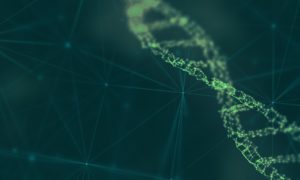
Exhibit 1: Laser diode applications and wavelength
| Type | Wavelength | Application |
|---|---|---|
| Ultraviolet (UV) | 200–400nm | Disinfection of water, air and surfaces (261nm, 265nm), defect inspection in semiconductor industry (261nm), |
| exciting fluorescence in proteins and other bio-molecules (261nm), Raman spectroscopy used in chemistry to identify molecules (261nm), treatment of psoriasis (272nm), UV curing, flow cytometry calcium detection (349nm) | ||
| Blue-violet | 405nm | Blu-ray disc and HD-DVD drives, 3D printing, detection of skin and oesophageal cancer |
| Blue | 420–465nm | Automotive headlights, general lighting, spotlights/torches (450nm), welding copper (450nm), cutting/engraving (445–450nm), dentistry (420nm), optogenetics (420nm), photo-dynamic therapy (420nm), confocal microscopy (488nm), tissue cutting (420nm), detection of bilirubin (455nm), 3D printing (450nm) |
| Green | 510–525nm | Visual alignment (520nm), laser projectors, detection of haemoglobin (575nm) |
| Red | 630–700nm | 3D scanning (635nm, 660nm), visual alignment (635nm, 650nm), bar code readers (670nm), CD and DVD drives (650–660nm) |
| Near infra-red (NIR) | 705–1400nm | Printing (780nm), 3D sensing (940nm) including biometric facial recognition (940nm), LiDAR (905nm), night vision systems (850–940nm, short distance fibre-optic communication (850nm)) |
| Short wavelength infra-red (SWIR) | 1,400–3,000nm | Long distance fibre-optic communication (1,064nm, 1,310nm, 1,550nm, 1,560nm), LiDAR (1,550nm), detection of glucose (1,650nm) |










